Coriander Seeds (Coriandrum sativum)
Coriander Seeds, Coriander is a versatile herb that grows well with minimal care. By selecting quality seeds, providing adequate moisture, and managing pests, you can enjoy fresh leaves and seeds for culinary use. With the ability to grow in both gardens and containers, coriander is a must-have for home gardeners looking to add flavor to their dishes.
- Estimated Delivery : Up to 3 business days
- Free Shipping & Returns : On all orders over ₹550 in Bangalore
Coriander Seeds, Coriander, also known as cilantro or Chinese parsley, is a versatile herb used in cooking for both its leaves and seeds. It is easy to grow and adds a fresh, aromatic flavor to many dishes.
1. Seed Selection
• Choose high-quality seeds from a reliable source for optimal germination.
• Ensure seeds are plump and have not been exposed to moisture, as damp seeds may not germinate well.
2. Planting Time
• Sow coriander seeds in early spring or fall, as the plant prefers cooler weather.
• Avoid planting during the peak summer heat, as coriander tends to bolt (flower) in high temperatures.
3. Soil Preparation
• Use well-draining, loamy soil enriched with organic matter like compost or well-rotted manure.
• Coriander prefers a slightly acidic to neutral soil pH of 6.2-6.8.
• Ensure the soil is loose and finely textured for better root penetration.
4. Seed Sowing
• Sow seeds ¼ inch deep and about 6 inches apart in rows spaced 12 inches apart.
• Lightly cover the seeds with soil and water gently.
• You can plant seeds in containers or directly in the garden bed.
5. Germination
• Seeds will germinate in 7-21 days at a soil temperature of 65-75°F (18-24°C).
• Keep the soil evenly moist but not waterlogged during the germination period.
6. Watering and Care
• Water consistently to maintain moist soil, but avoid overwatering, which can lead to root rot.
• Thin seedlings to about 6 inches apart once they reach a few inches tall to allow room for growth.
• Mulch around the plants to retain soil moisture and suppress weeds.
7. Fertilizing
• Coriander does not require heavy feeding.
• Apply a balanced fertilizer (NPK 10-10-10) once after seedlings are established.
• Alternatively, side-dress with compost during the growing season for added nutrients.
8. Pests and Diseases
• Monitor for aphids and caterpillars. Use neem oil or insecticidal soap to control infestations.
• Ensure proper spacing and good air circulation to prevent fungal diseases like powdery mildew.
9. Harvesting
• For leaves, harvest cilantro when the plant reaches 4-6 inches tall by cutting individual leaves or entire stems.
• For seeds, wait until the plant bolts and the seed heads turn brown.
• Collect seed heads, dry them completely, and store in a cool, dry place.
10. Seed Saving
• Allow the coriander seed heads to dry on the plant, then harvest and store the seeds.
• Gently crush the seed heads to separate the seeds.
• Store seeds in an airtight container in a cool, dry place for future use or planting.
Conclusion
Coriander Seeds, Coriander is a versatile herb that grows well with minimal care. By selecting quality seeds, providing adequate moisture, and managing pests, you can enjoy fresh leaves and seeds for culinary use. With the ability to grow in both gardens and containers, coriander is a must-have for home gardeners looking to add flavor to their dishes.

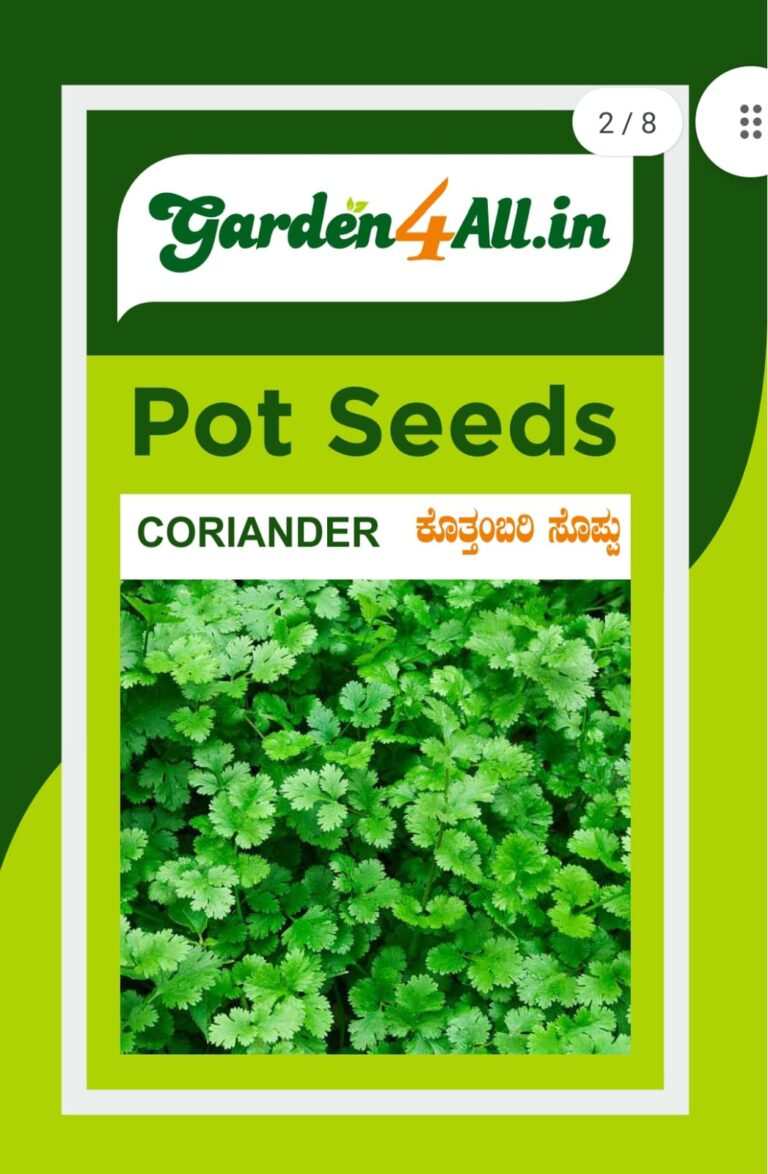
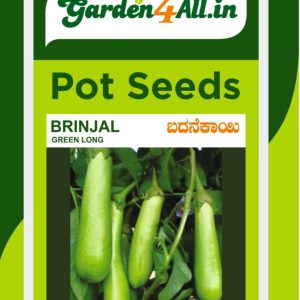
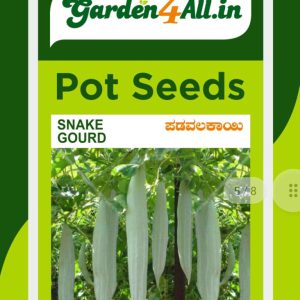
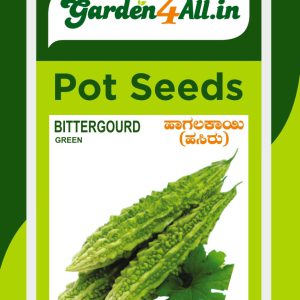
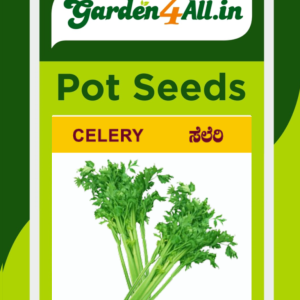
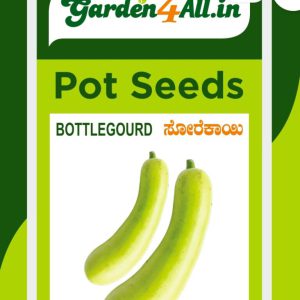
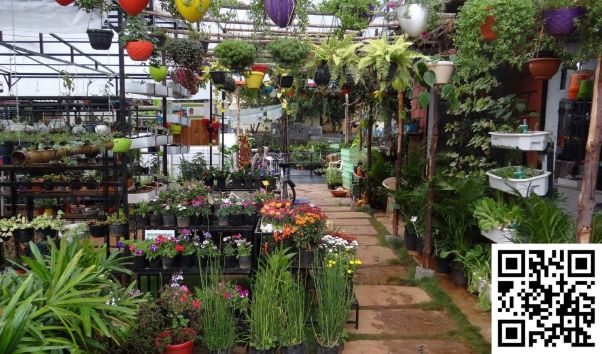
Reviews
There are no reviews yet.